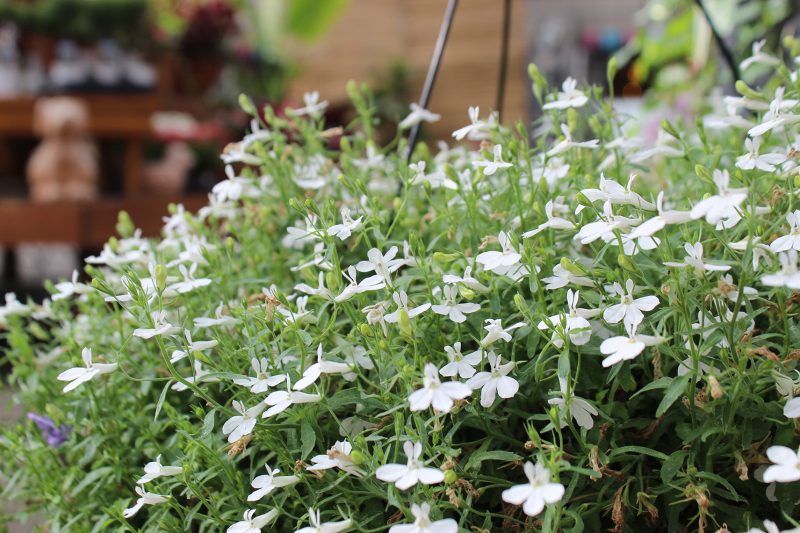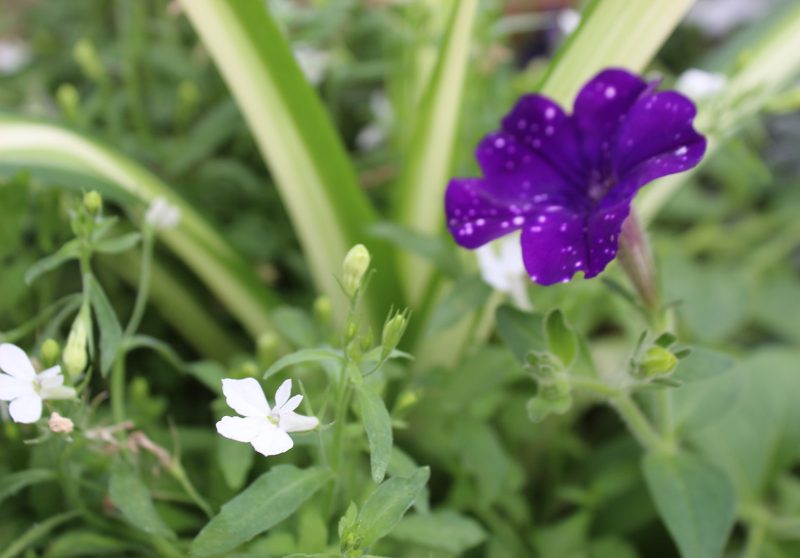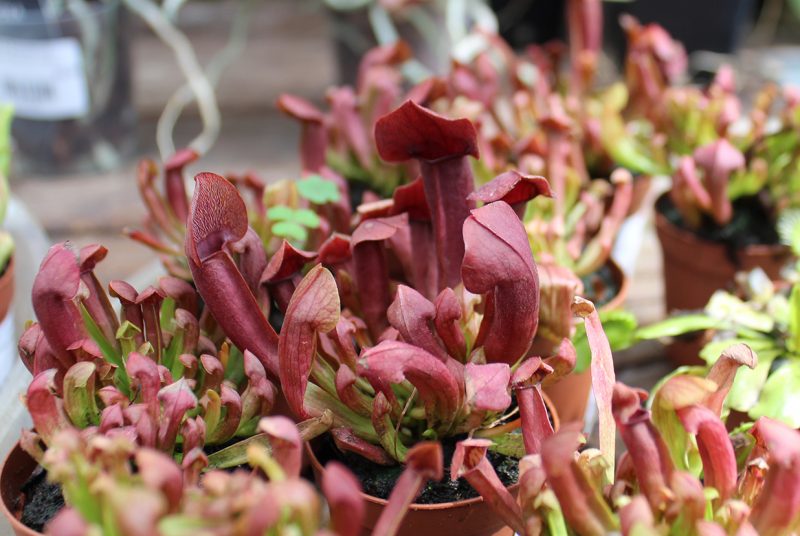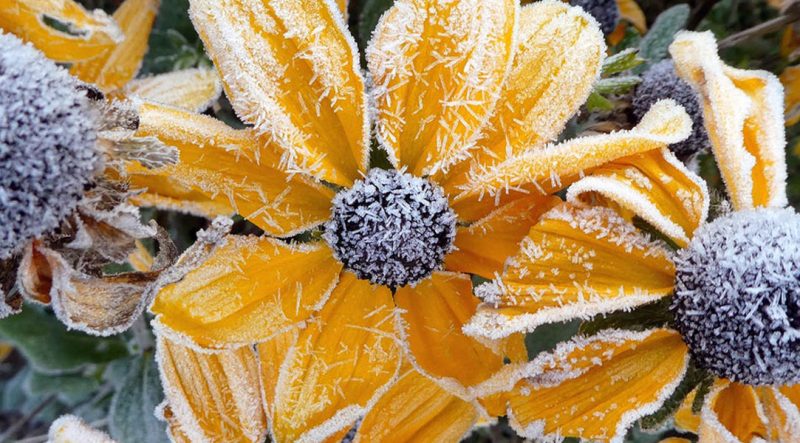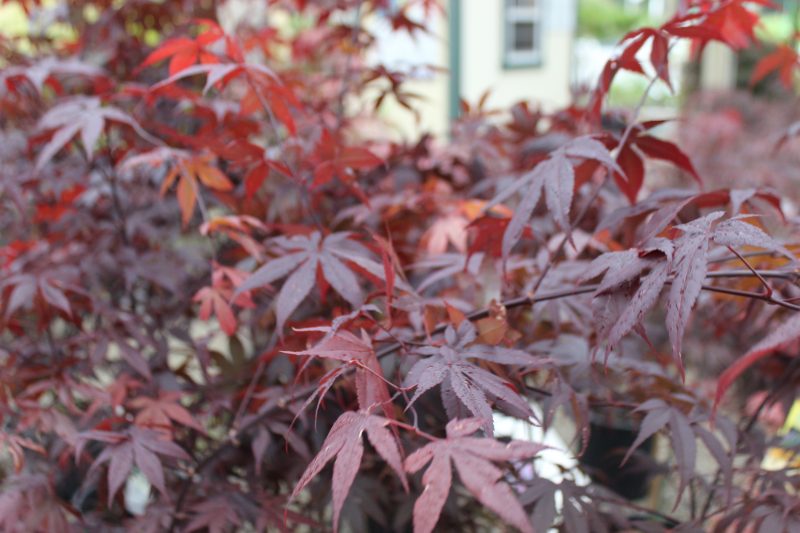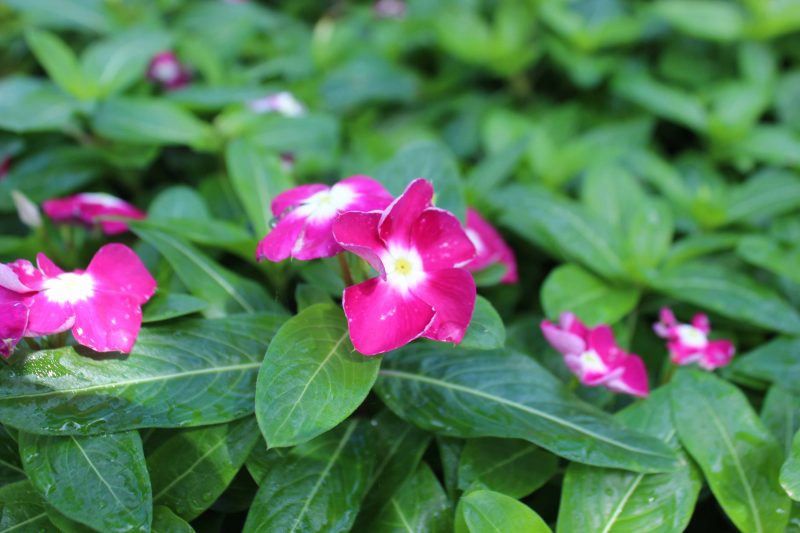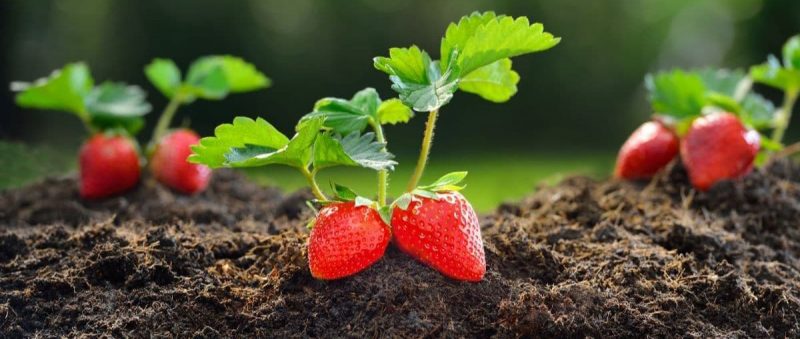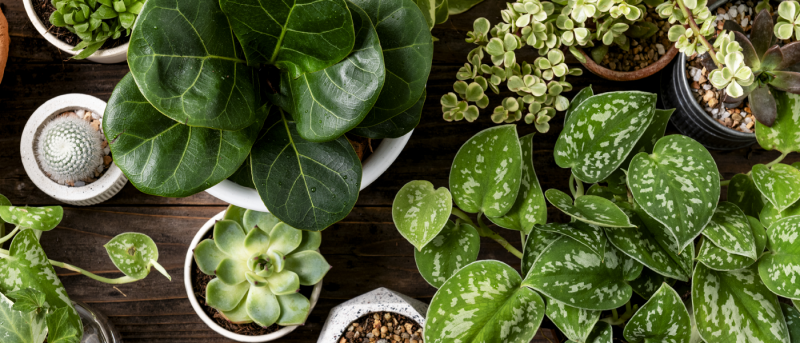
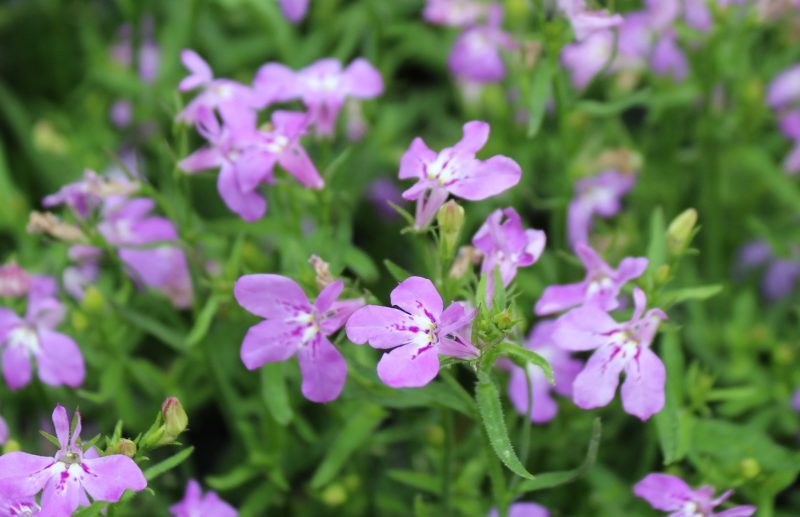
Growth
Although most varieties are compact, growing only 3 to 5 inches (7.5-12.5 cm.) tall, others will grow up to 3 feet (1 m.). Colors are also variable, with white, pink, red and blue species available. However, violet-blue is probably one of the most commonly seen. These plants make great additions in borders, along creeks or ponds, as ground covers, or in containers—especially hanging baskets.
